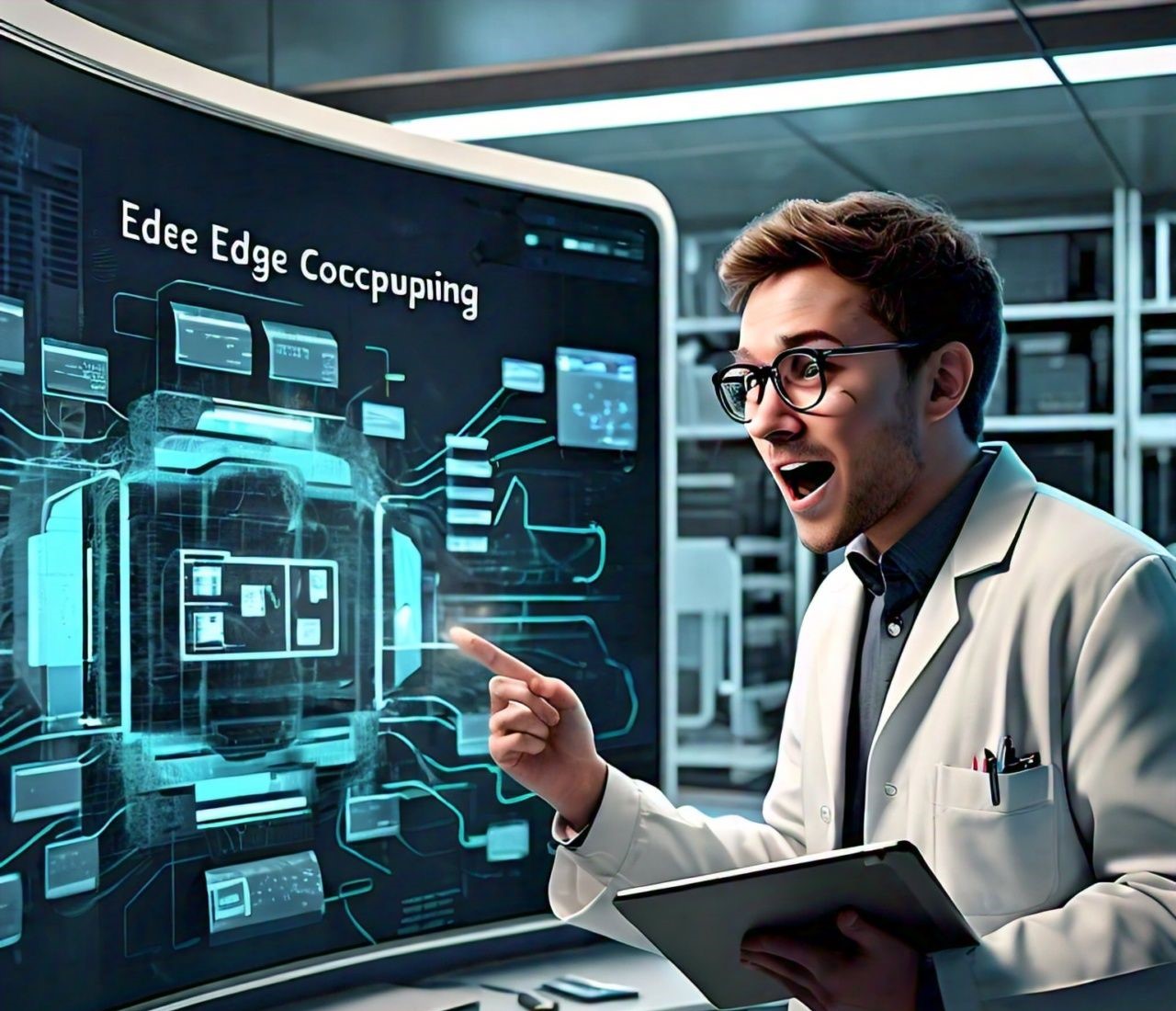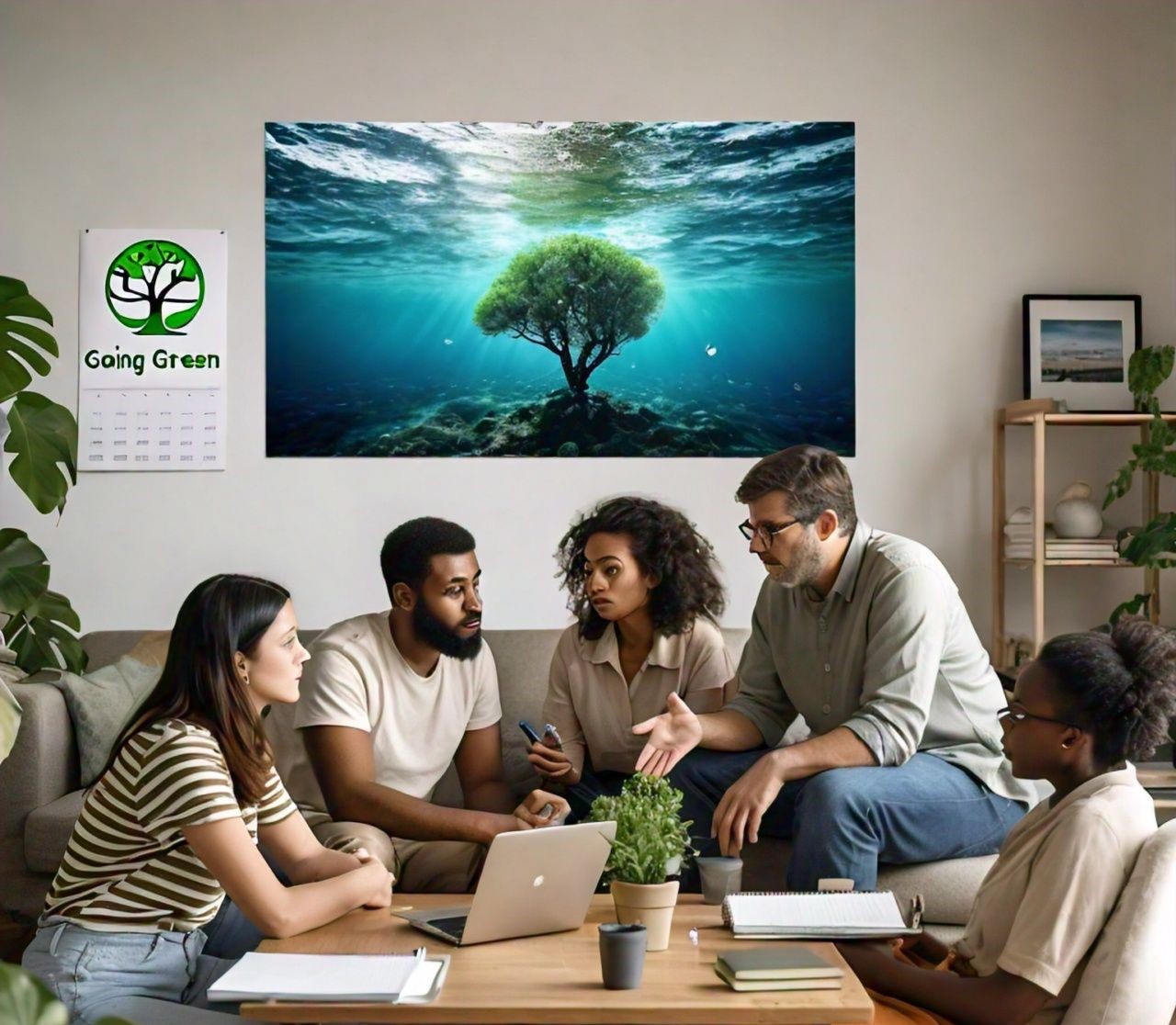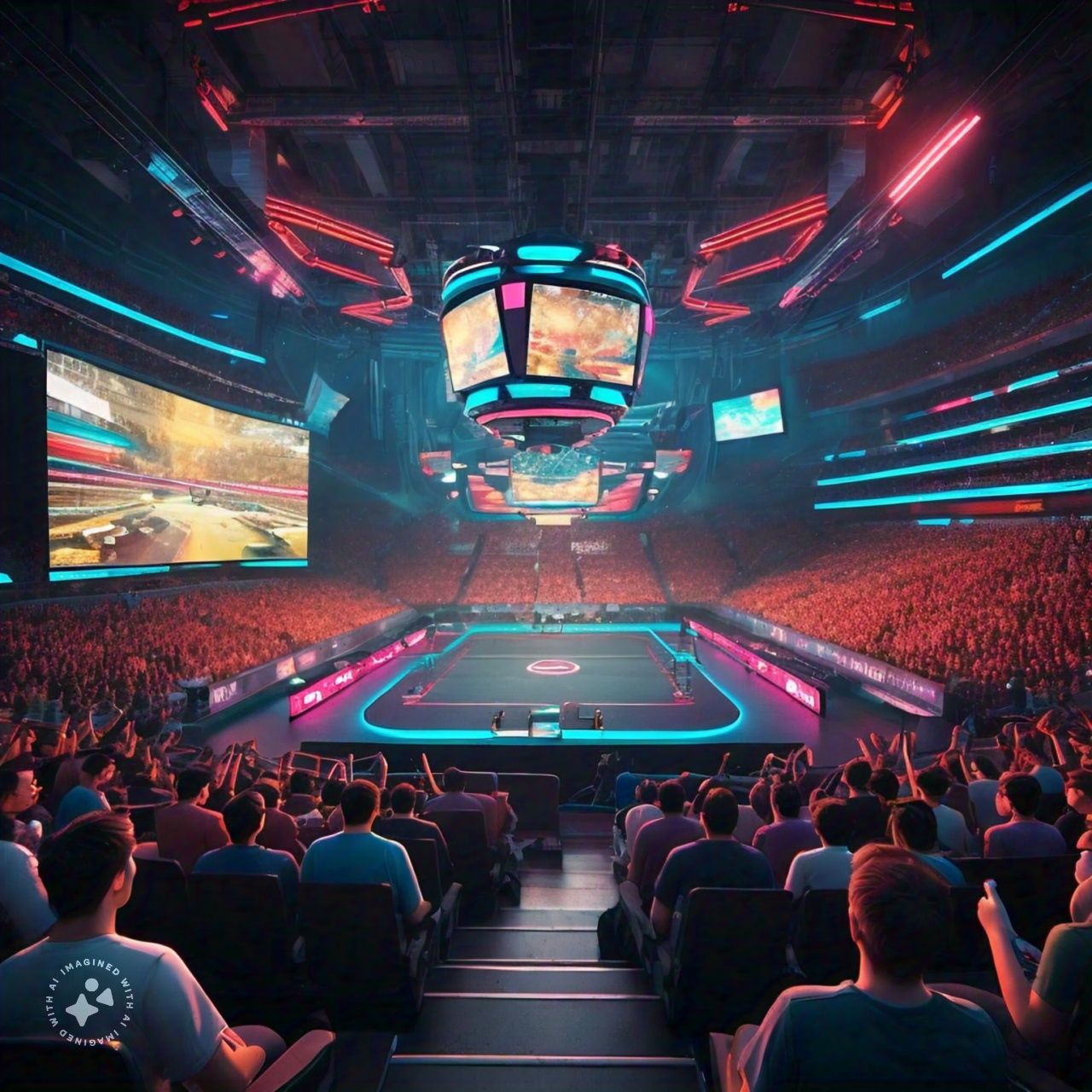Serene Sanctuaries | Designing Spaces for Tranquility and Renewal
Designing Spaces for Relaxation and Renewal
In our fast-paced world , the importance of having a residency where one can unwind and refresh cannot be overestimate. Whether it’s the hustle and bustle of work, family commitments or social engagements, life can often feel overwhelming. This is why designing spaces specifically aimed at relaxation and renewal has become a growing trend in home decor and architecture. These spaces provide a refuge from daily stress and can significantly enhance overall well-being. In this article we’ll explore various aspects of creating such serene environments including essential design principles, practical tips and inspiring ideas.
Understanding the Psychology of Relaxation
It’s crucial to understand the psychology behind relaxation. Numerous studies show that our environment greatly influences our mental state. Factors such as color, lighting, furniture arrangement and even scent can impact our mood and stress levels. For example, cool colors like blue and green are known to induce calmness while natural light boosts serotonin levels improving mood and energy. By incorporating these psychological principles into your design you can create a space that not only looks peaceful but feels it too.
Choosing a Tranquil Color Palette
The color scheme is one of the most impactful elements in creating a relaxing space. Soft and muted tones are generally preferred over bright and bold hues for their soothing effect. Shades of blue, green and neutral colors like beige and gray tend to recall a sense of calm and quietness. Pastels can also be an excellent choice that’s offering a subtle yet effective way to inject some color without crushing the senses. When selecting your palette consider how different shades make you feel and choose those that resonate with your personal sense of peace.
Embracing Natural Light
Natural light is another critical factor in designing a space for relaxation and renewal. Sunlight has been proven to elevate mood, increase productivity and even improve sleep patterns. Large windows that allow plenty of sunlight to filter in can transform any room into a serene retreat. If your space lacks sufficient natural light consider using mirrors strategically to reflect light and create an illusion of a brighter more open area. Additionally, sheer curtains can soften harsh sunlight while still allowing natural light to flood the room and maintaining a gentle ambiance.
Incorporating Comfortable and Cozy Furniture
Comfort is key when it comes to relaxation. Invest in furniture that prioritizes comfort without compromising on style. Plush sofas, oversized chairs and ergonomic seating can make your space inviting and comfortable. Consider adding layers of texture with soft blankets, throw pillows and area rugs to enhance the cozy vibe. When arranging your furniture it must to be aim for a layout that promotes easy conversation and interaction avoiding clutter that could disrupt the flow and feel of the room.
Creating a Connection with Nature
Bringing elements of nature indoors is a powerful way to support a sense of calm and renewal. Houseplants, flowers and natural materials like wood and stone can all contribute to a tranquil atmosphere. Plants not only add a touch of greenery but also purify the air and boost mood. Consider incorporating a variety of plants to create an indoor garden effect. Additionally, water features like tabletop fountains can introduce the soothing sound of running water further enhancing the peaceful ambiance.
Utilizing Aromatherapy
Scent is a potent tool in creating a relaxing environment. Aromatherapy which is the use of essential oils can significantly affect mood and stress levels. Scents like lavender, chamomile and eucalyptus are known for their calming properties. Use diffusers, scented candle, or potpourri to infuse your space with relaxing aromas. Be mindful of the intensity as the goal is to create a subtle fragrance that enhances relaxation rather than overpowering the senses.
Integrating Technology Mindfully
While technology is often associated with stress and distraction it can also be used to promote relaxation when integrated mindfully. Smart home devices can control lighting, temperature and even play soothing music or nature sounds at the touch of a button. Consider incorporating a sound system that plays calming tunes or white noise to drown out disruptive background sounds. However, it’s essential to strike a balance ensuring that technology enhances the relaxing atmosphere rather than decrease from it.
Designing Multi-Sensory Experiences
A truly relaxing space engages all the senses. Consider how your space feels, sounds and smells. Soft textures, gentle lighting, soothing sounds and pleasant scents all contribute to a holistic experience of relaxation. For example, a plush rug underfoot can enhance physical comfort while soft instrumental music playing in the background can soothe the mind. By thoughtfully engaging multiple senses you create a more immersive and restorative environment.
Personalizing Your Space
Personal touches can make a significant difference in creating a space that feels uniquely yours. Decorate with items that bring you joy and peace whether it’s family photos, travel souvenirs or artwork. Personalization adds a layer of emotional comfort and making your space not just a generic retreat but a shelter tailored to your preferences. Be selective with decorative elements to avoid clutter and focusing instead on meaningful items must enhance your sense of well-being.
Creating Dedicated Zones for Relaxation
Another effective strategy is to create dedicated zones within your home for different types of relaxation. For example, a reading nook with a comfortable chair and good lighting can be perfect for unwinding with a book. A small yoga or meditation corner with mats, cushions and serene decor can provide a tranquil spot for mindfulness practices. By clearly defining these zones you can ensure that each area serves its specific purpose and making it easier to relax and restore.
Practical Tips for Small Spaces
Even if you have a small living space you can still create a relaxing retreat. Choose for multi-functional furniture that saves space like a sofa bed or a coffee table with storage. Utilize vertical space with shelves and wall-mounted storage to keep the floor area open. Light colors and mirrors can make a small room feel larger and more inviting. Focus on creating a cozy , intimate atmosphere rather than trying to copy the look of larger spaces.
Outdoor Relaxation Spaces
If you have access to an outdoor area whether a backyard, balcony, or patio, consider transforming it into an extension of your relaxation space. Outdoor furniture, plants and ambient lighting can turn even a small balcony into a serene retreat. Create a comfortable seating area with weather-resistant cushions and throws. Adding elements like wind chimes, bird feeders or a small water feature can enhance the overall calmness of your outdoor space.
Maintaining Your Relaxation Space
Finally, maintaining your relaxation space is crucial to ensure it continues to serve its purpose. Regularly declutter and clean the area to keep it inviting and stress-free. Reevaluate the elements in the room periodically to see if they still contribute to your sense of peace. Sometimes, a minor refresh like changing pillow covers or updating artwork can rejuvenate the space and keep it feeling new and inspiring.
CONCLUSION
Designing spaces for relaxation and renewal involves thoughtful consideration of various elements i.e. from color and lighting to furniture and personal touches etc. By understanding the psychological principles of relaxation and incorporating them into your design you can create a scenery that nourish your mind, body and soul. Whether it’s a cozy corner in your living room or a serene outdoor retreat the right environment can significantly enhance your well-being and provide a much-needed escape from the stresses of everyday life.

Micheal Clark, an expert in lifestyle, brings extensive expertise and experience to his writing. As a celebrated author, he offers readers insightful perspectives on living well, blending practical advice with engaging narratives that inspire and inform.























